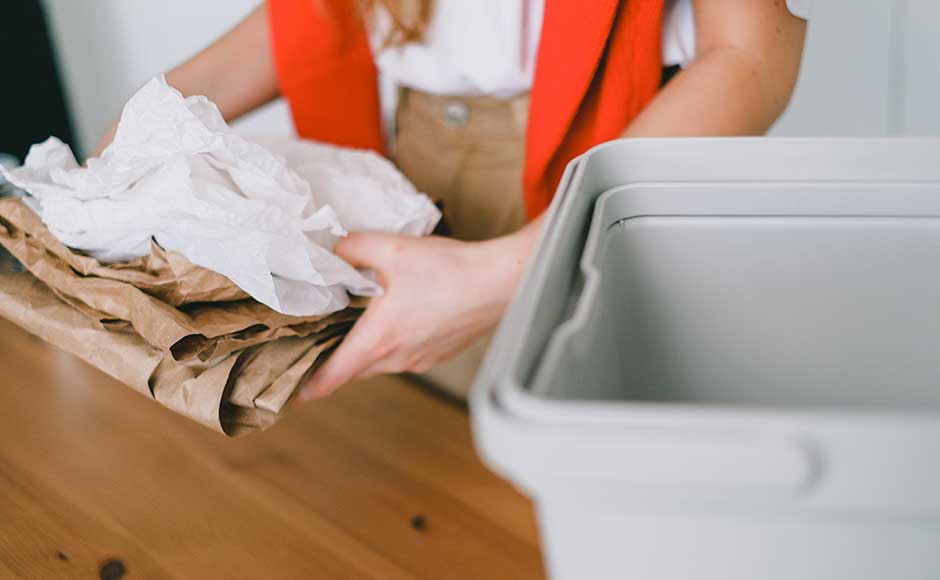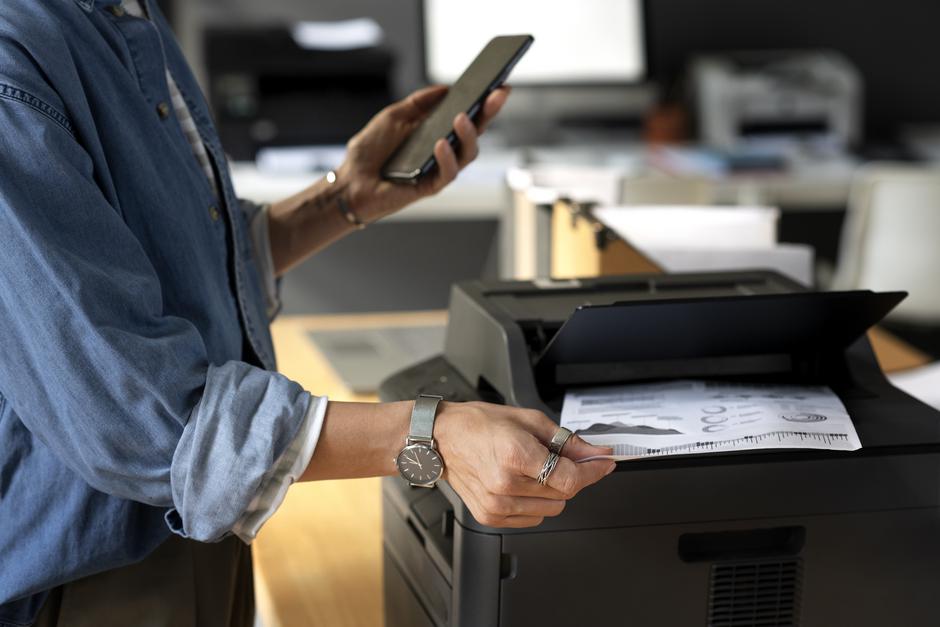Paper and stationery

What's the issue?
Paper and stationery have a high carbon footprint because production involves cutting down trees, leading to deforestation, and energy-intensive production processes as well as lengthy transport – all for products which we often only use once and then discard. Globally, the paper industry accounts for 0.6% of the world's greenhouse gas emissions, according to Energy Monitor.
Measure
How do we measure our consumption and carbon footprint?
Recycling paper is a good place to start, but you can also think of ways to reduce how much you buy by rethinking how and when you use it. The best way to estimate your paper use and monitor reductions in paper consumption is by looking at how much you have spent buying paper and stationery for the year. You can enter this figure under stationery on the Expenditure page of the Carbon 360 site.
Reduce
Tips on how to cut back on paper usage and re-use stationery.
Although paper can seem like a fairly sustainable product because it is recyclable, paper production creates a lot of greenhouse gases and to reduce our carbon footprint we need to reduce our use of it. Once we have asked ourselves how much of our work needs to be on paper, we then need to focus on:
- Reducing the amount we use where possible, then
- Reusing anything that can be reused, and finally
- Recycling anything that can't be reused, so we reduce the amount we're throwing away into landfill as much as possible.
Every congregation is different and most of us are already doing a lot. Here are some suggestions for reducing paper use and waste further.
- Move towards a paperless office by writing and sending as many documents as possible electronically (e.g. Email or OneDrive). Where possible, avoid printing documents, and if you're writing something on a computer or lap-top, use the "Review" button on the top bar of Word documents to help you edit, rather than printing documents out to edit them.
- Ask your suppliers, including gas, electricity and your bank to send statements and bills by email instead of post
- Set your printer and photocopier to print on both sides of the paper
- Set up a scrap paper tray to collect any unneeded documents that are printed on a single side (and that don't include personal information that needs to be shredded for data protection reasons)
- Make your own message pad by cutting the above scrap A4 sheets into half or quarters and stapling them together
- Make a notepad by punching holes in your scrap sheets and then threading them together with string, ribbon etc. Children can enjoy doing this and decorating the front cover.
- Collect envelopes that are in good condition and reuse them by scoring out the original name and address. Ensure the previous recipients' details are unreadable to stay on the right side of data protection regulations.
- Collect used stamps from envelopes and send to the Stamp Appeal
- Review your use of disposable, single-use paper such as cups, kitchen towels and hand towels. Can you move to reusable mugs, cloths and cotton towels or a hand dryer? Mugs and cotton towels can often be found cheaply in charity shops and some people may be able to donate these items.
- Reuse paper bags from shops where possible: surprisingly, more greenhouse gas emissions are produced in making a high-quality paper bag than in making a plastic one of the same size. If you can't reuse a paper bag any more then recycle it if it's clean and doesn't have food on it.
- Consider if you need to print orders of service and intimation sheets. COVID caused us to find alternative solutions - can they be viewed online to save paper?
